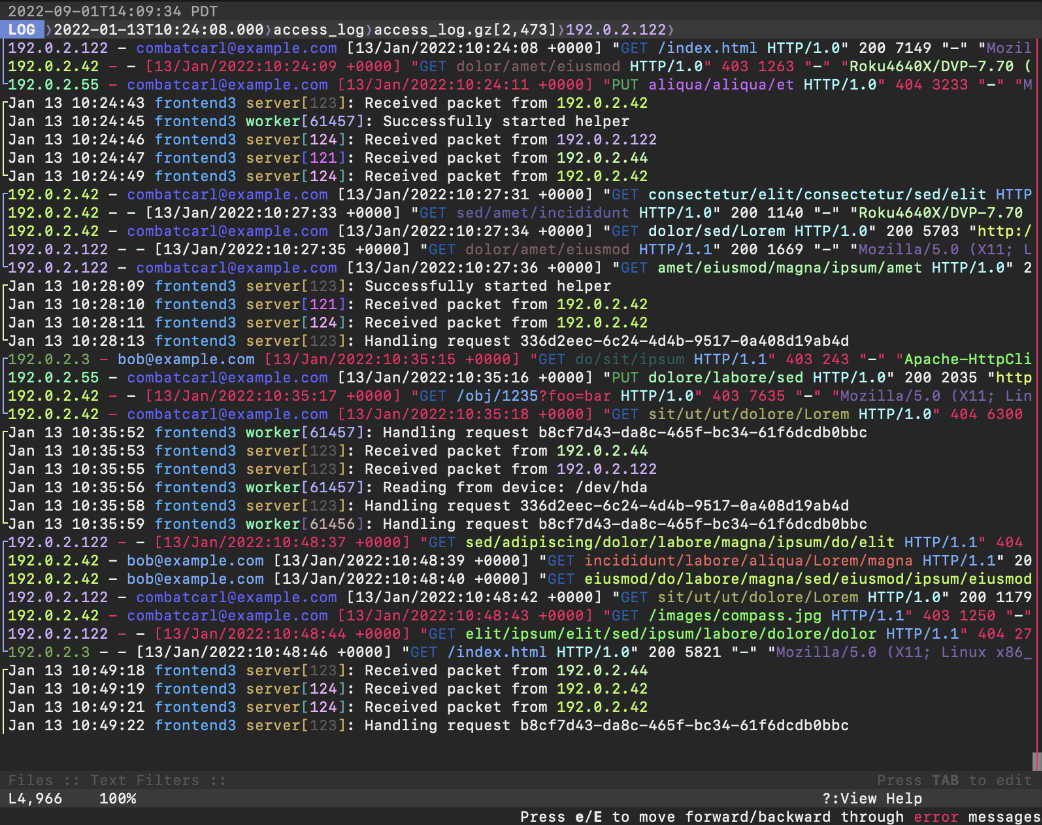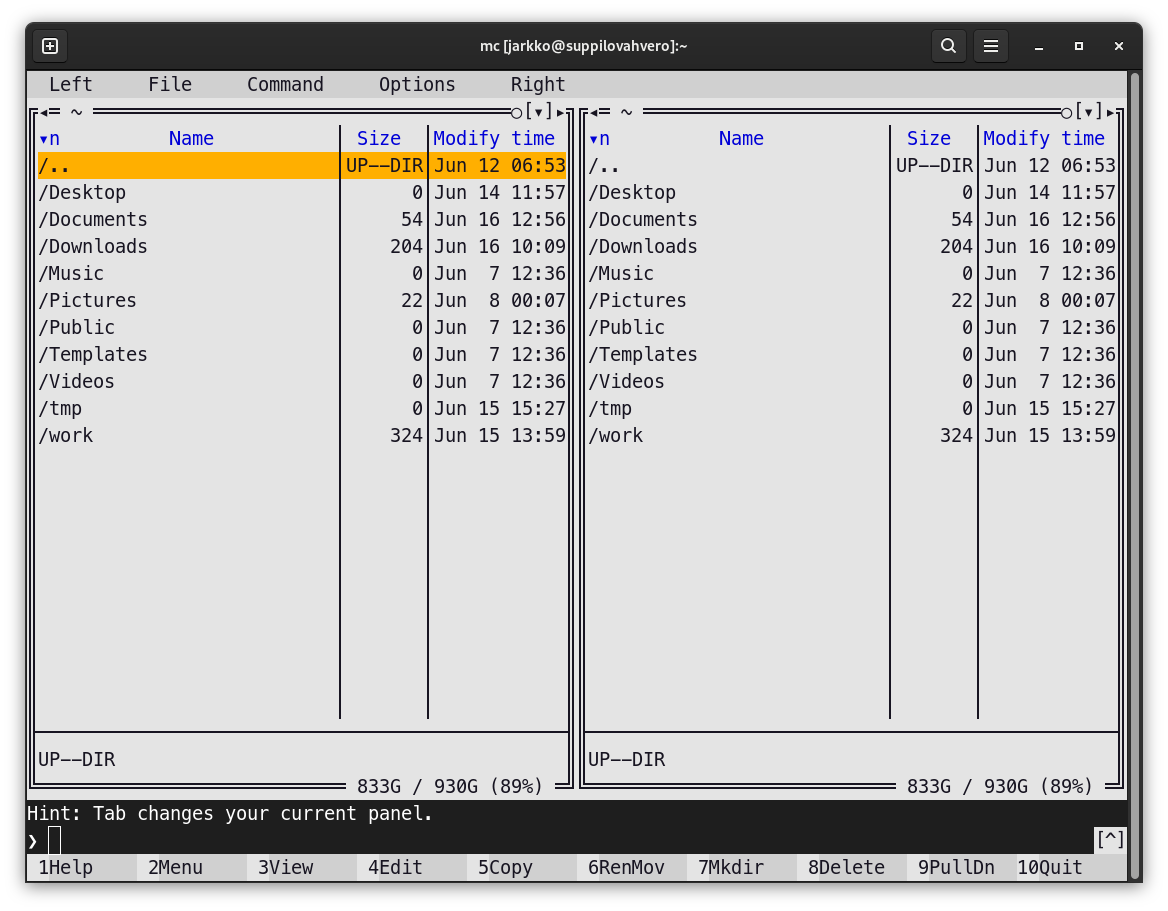Posts
4915Following
327Followers
491OpenPGP: 3AB05486C7752FE1
Jarkko Sakkinen
jarkkoI could be wrong but is P256K1 even used as part of #Estonia social security number blockchain? Maybe I could get a state level actor to help me to get that curve in :-)
I spent some time ago hours going through Est government pages looking for exact algorithms in their blockchains but all I could find was typical blockchain whitepaper/markerting crap, how great Estonia is and 200 years ahead rest of the world, and I like all that and admire but... ... ... could you also put the boring stuff i.e. ciphers used there ?
Jarkko Sakkinen
jarkkoNOT true. TPM_ECC_CURVE_448 exists in the TCG algorithm registry. Table 5.1 in this same specifications enumerates ECC curves supported by TPM firmware (or in the spec TCG “TPM 2.0 Library”) interface.
Sometimes features can even land through firmware updates. especially for fTPM’s in Intel, ARM (via SMC AMD CPU’s this is feasible approach.
I’ve been also started to lobby the idea of getting P256K1 to the registry based on principle of equally feasible playing field for established corporations and growth companies of variable side (aka startups):
- Corporates need to have their NIST curves.
- There’s a critical mass of blockchain associated startups, in varying levels. So to have working capitalism also “Bitcoin curve” should be there.
I’m going to also write P256K1 software primitives to Linux kernel to enable more secure options for managing that sort of assets.
I do it part of my role as Linux kernel key-ring co-maintainer. My job is to identity widely use key types, enable them and call it a day, i.e. create equal capitalist market place for every actor.
I would enable P256K1 even if I hated blockchains by guts because it is my freaking job :-) Liking and disliking about stuff is part of leisure time (or when getting drunk which is part of leisure time ;-)).
Jarkko Sakkinen
jarkkoNOT true. TPM_ECC_CURVE_448 exists in the TCG algorithm registry. Table 5.1 in this same specifications enumerates ECC curves supported by TPM firmware (or in the spec TCG “TPM 2.0 Library”) interface.
Sometimes features can even land through firmware updates. especially for fTPM’s in Intel, ARM (via SMC AMD CPU’s this is feasible approach.
I’ve been also started to lobby the idea of getting P256K1 to the registry based on principle of equally feasible playing field for established corporations and growth companies of variable side (aka startups):
- Corporates need to have their NIST curves.
- There’s a critical mass of blockchain associated startups, in varying levels. So to have working capitalism also “Bitcoin curve” should be there.
I’m going to also write P256K1 software primitives to Linux kernel to enable more secure options for managing that sort of assets.
I do it part of my role as Linux kernel key-ring co-maintainer. My job is to identity widely use key types, enable them and call it a day, i.e. create equal capitalist market place for every actor.
I would enable P256K1 even if I hated blockchains by guts because it is my freaking job :-) Liking and disliking about stuff is part of leisure time (or when getting drunk which is part of leisure time ;-)).
Jarkko Sakkinen
jarkkoIt is those overcomplex frameworks that Intel and IBM are pushing that make it look complex with their command arbitrators etc.
TPM2 itself is in principle same as Yubikey or #Nitrokey but with a standardized binary protocol and non-mobility ;-)
I started this weekend from scratch to do a completely new streamlined and dead simple tools for using the chip for fun and profit:
- https://crates.io/crates/tpm2_cli
- https://crates.io/crates/tpm2_call
I know what would work for user because I am a user as I need to test all the kernel patches with IBM/Intel crap... The first two commands are like top picks from my most hated list in the aforementioned stack done right :-)
Jarkko Sakkinen
jarkkoJarkko Sakkinen
jarkko1. A/S/E subkeys inside Yubikey.
2. C (#certificate) key as TPM2 ASN.1 blob.
The C key can be tied a to single chip during its creation. If someone gets a copy it is useless without that exact chip.
For the sake of defense in depth, a maintainer would keep that exact blob still in USB stick.
This scheme would be pretty airtight as even certification creation while the machine is online, would have quite low risks. E.g. if the ASN.1 blob is stolen while online, the key is useless by itself.
So in the context of #Linux #kernel #PGP #maintainer #guide this would make the whole process way more relaxed and convenient with the help of TPM2 chip.
How we deal with subkeys that part is smooth but there's still room for improving The Maintainer Experience when dealing with your Certification key :-)
I will work on user space shenanigans for this maintainer flow upgrade after this patch set is finished: https://lore.kernel.org/linux-integrity/20240528210823.28798-1-jarkko@kernel.org/T/#t. I.e. find good route for gnupg to access the TPM2 (RSA4096/Curve25519) key, which is imported OpenPGP cert key...
nixCraft 🐧
nixCraft@mastodon.sociallnav is a terminal-based log file viewer (TUI) for #Linux, #FreeBSD, #macOS, and other #Unix like systems. It combines the functionality of tools like tail, grep, awk, sed, and cat into a single interface. It also allows you to run SQL queries against your log files to build reports and offers basic support for Linux containers like Docker. lnav – Awesome terminal log file viewer https://www.cyberciti.biz/open-source/lnav-linux-unix-ncurses-terminal-log-file-viewer/
Jarkko Sakkinen
jarkkoMy question would be this why you want to do anything to address the (context-dependent) conclusion that “Python is slow”? ;-)
How I would address [1] with any Python3 dot release would be:
- LATENCY: Manual driver/controller in the app for
gc.*for the sake of predictability in timing. Run it when your app is idling. Do not run it at the hot spots. - BANDWIDTH: Use a freaking C-library for the payload processing. By practical means all of them have Python bindings.
[1] https://thenewstack.io/why-python-is-so-slow-and-what-is-being-done-about-it/
Jarkko Sakkinen
jarkkoI've been slandering Rust community for making forks of every possible thing but I do think I'm in different grounds here ;-)
But in this case I disagree with core ideas of the architecture, cannot do the tasks that I need to now as an end user, and I have my own code base starting from epoch.
So literally I will never get the tool that I need myself, if I do not create a competing platform. Now I got first essential pieces what I needed in 48h. Thus, I think I'm in legit grounds with this and doing the right thing.
Jarkko Sakkinen
jarkko@hunger And there’s one huge contradiction between how I see the stack should work in the user space and how TCG sees it.
I did not believe in TrouSerS and neither do I believe in TSS2. User space arbitrator is just a bad idea as far as I’m concerned. And tpm-rs crate’s docs already have hints that they want to do something similar at very least.
I think a single chip can at most exactly two tasks:
- Managing persistent and transient with /dev/tpm0
- Managing transient only bu per open file with /dev/tpmrm0.
Anything that tries to scale up from this with a crazy and complex daemon is just totally misguided in architecture [1]. Never try to scale anything beyond what it has capabilities for.
For multiplex, e.g. for guests or containers, a decent vTPM implementation (posssibly attestated by the hardware chip, and thus doing arbitration in different layer or by the means of SGX/TDX/SNP) would be so much better approach, despite having challenges of its own.
It is something that one can understand is within limits of scalability of a chip (literally I mean think of more complex task like primary key generation).
[1] https://www.joelonsoftware.com/2001/04/21/dont-let-architecture-astronauts-scare-you/
K. Ryabitsev 🍁
monsieuriconhttps://lore.kernel.org/tools/20240614-flashy-inquisitive-beaver-ddcfea@lemur/T/#u
Jarkko Sakkinen
jarkko@hunger I have also somewhat clear milestone deriving from a kernel patch set: https://lore.kernel.org/linux-integrity/20240528210823.28798-1-jarkko@kernel.org/
For v8, one of the goals is to have the smoke testing transcripts described in tpm2-cli.
Main gist of upcoming changes for my crate are scoped in the this:
tpm2_createprimary --hierarchy o -G rsa2048 -c owner.txt
tpm2_evictcontrol -c owner.txt 0x81000001
openssl genrsa -out private.pem 2048
tpm2_import -C 0x81000001 -G rsa -i private.pem -u key.pub -r key.priv
tpm2_encodeobject -C 0x81000001 -u key.pub -r key.priv -o key.priv.pem
openssl asn1parse -inform pem -in key.priv.pem -noout -out key.priv.der
[and similar for ECDSA]
In my project tpm2_call has the protocol layer and zero OS specific shenangians, i.e. it is ultra-portable.
However, in tpm2-cli I can just add a command that does the equivalent flow using openssl and asn1 crates. Generally the winds and stream in this project go in a way that I let shit grow in tpm2-cli and abstract away stuff that is agnostic and mature enough to tpm2_call. This way abstraction formalize by evolution and stimulus and not by top-down design…
Jarkko Sakkinen
jarkko@hunger yep, so for me it is somewhat is easy choice because I’m the main consumer of my own product.
For instance the first pieces of functionality are response code to (spec) mnemonic decoding and object enumeration. I wrote those only because that will free from having to use tpm2_rc_decode and tpm2_getcap for this again.
Consortium projects can have sometimes issues that there is bunch of people who do not actually use it every day in their tool set. I.e. ‘’let’s do something ugly that covers our spec” type of acting ;-)
The second problem is that often in such projects moving changes to upstream can take ages because nobody cares that much. So I can either choose:
- Have arguments, frustration and anger at Github issues.
- Write meaningful functionality that I need and use straight out of the bat.
All I did in 48h improved my kernel flow at instant. That is at least measurable benefit. Doing for myself, not for users ;-)
Jarkko Sakkinen
jarkkoClosed my tpm-rs bug because I do not want to contribute to that project: https://github.com/tpm-rs/tpm-rs/issues/71#issuecomment-2171360982
Why? I think mine is better or will grow so much better than this. It is more idiomatic #Rust, and generally less layered and more lean and mean ;-)
I will review merge requests for mine tho, on the basis of common sense and code quality tho: https://gitlab.com/jarkkojs/tpm2_library/-/issues
Jarkko Sakkinen
jarkkoJarkko Sakkinen
jarkko@cgwalters @fale BTW, is the Fedora version up to date or would it be more advisable at this point to build from upstream (0.1.11)? Or is there a more bleeding edge copr for this work?
I have personal interest for this because to this day I’ve used libvirt for development environments and qemu-system-* for more automated QA [1]. For the former use case this might be my entry to popular “development containers” ;-) So I might be even willing to fix some issues along the way, if I encounter any.
I’m more of a “allow list” than a “deny list” type of person, and thus Linux containers have felt to me quite bad to this day, to be honest.
<personal-and-extremely-subjective-opinion> Docker is a great example of a successful duct tape product to fix something broken to appear as unbroken ;-) Market was formed by bad design decisions in kernel (emphasis on subjectivity of this opinion) [2]. </personal-and-extremely-subjective-opinion>
[1] https://gitlab.com/jarkkojs/linux-tpmdd-test [2] Mainly speaking about the “evil net of namespaces”, which is a mess. I think Cgroups in its second iteration is quite good actually for what it does.


